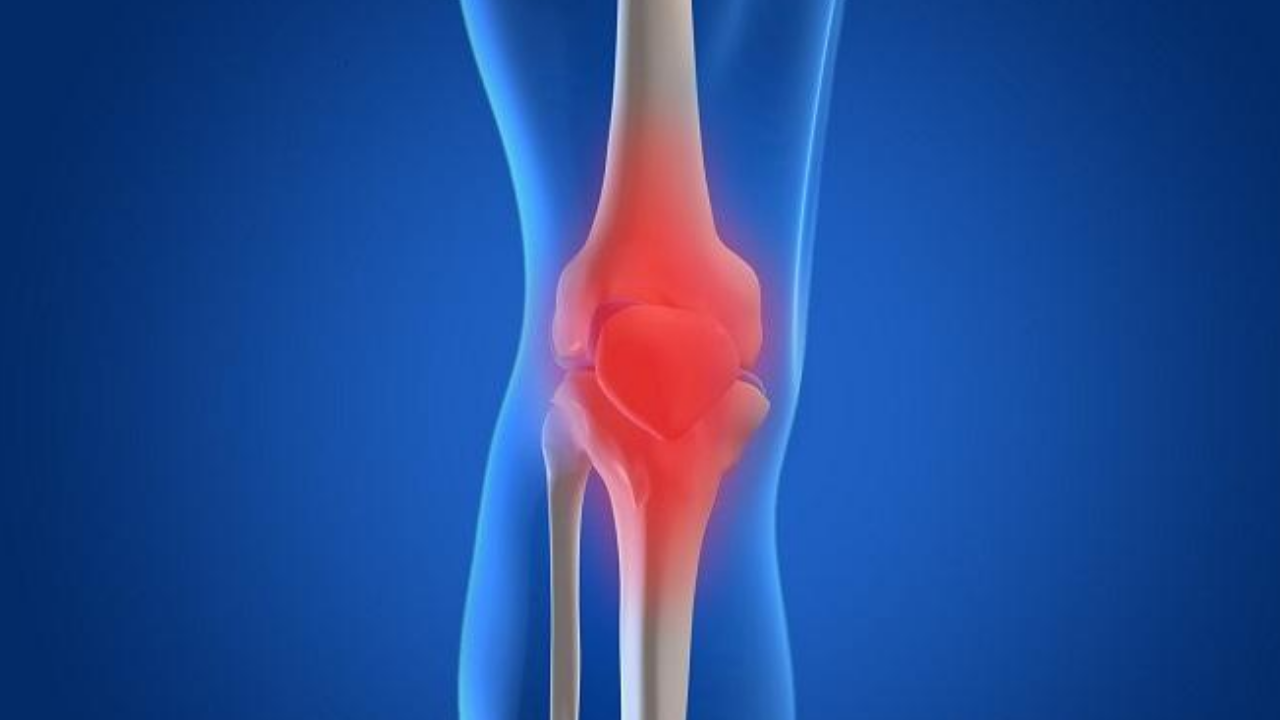August 6, 2020
1m 55s
Share:
In different experimental models of inflammation and joint damage, it was used the animal model with rats or rabbits and it was shown that hyperbaric oxygen has a significant contribution to the recovery of the damaged cartilage. It was obtained a significant difference in the derivatives of the reactive species, oxidative stress markers, and inflammation markers (Nagatomo, 2010).
Hyperbaric Oxygen decreases the degree of cartilage destruction and the release of keratan sulfate in the first weeks after injury. This may stop acute joint damage (Yuan 2004). In the same study, the expression of inducible nitric oxide synthase enzyme (iNOs), apoptosis, and cartilage deterioration decreased. This was evidenced by histological and immunohistochemical techniques (Yuan 2004).
A culture of chondrocytes extracted from the knee of rabbits that were induced with apoptosis via ILB (interleukin B) was treated with hyperbaric oxygen. It was obtained higher mRNA expression of the hsp70 protein (heat shock protein 70) and it decreased mRNA of the iNOs and caspase-3. This reduced the apoptosis (Ueng 2013). These results were corroborated in the histological cuts of the animals with the induction of cartilage damage, where higher expression of hsp70, a decrease in iNOs, caspase 3, and less fibrosis with greater cartilage repair were observed by histological techniques in the animals that received hyperbaric oxygenation treatment (Ueng 2015).
Another study by Yuan et al conducted in 2014 used cultures of human chondrocytes extracted from grade IV osteoarthritis surgeries by Kellgren and Lawrence. In this study, hyperbaric oxygenation showed a significant decrease in metalloproteinase 3 (MMP3) and an increase in tissue metalloproteinase inhibitor (TIMP-1). This suggested a net balance between the catabolic and anabolic effect that would slow down cartilage degeneration (Yuan 2014).
In the same in vitro model, a decrease in iNO mRNA, and an increase in the production of type II collagen were observed (Yuan 2014).
Different evidence in animal models of hyperbaric oxygen in joint injuries suggests an important contribution of this treatment in stopping the degeneration of cartilage by reducing apoptosis, inflammation, and oxidative stress, causing the formation of collagen, slowing down the deterioration, obtaining joint tissue regeneration, and repairing the damage.
Sources
- Nagatomo et al, Effects of exposure to hyperbaric oxygen on oxidative stress in rats with type II collagen-induced arthritis 2010, Clin Exp Med. 10:7–13
- Yuan L-J et al, Attenuation of apoptosis and enhancement of proteoglycan synthesis in rabbit cartilage defects by hyperbaric oxygen treatment are related to the suppression of nitric oxide production 2004, J Orthop Res. 11261 134
- Ueng SWN et al, Hyperbaric Oxygen Treatment Prevents Nitric Oxide-Induced Apoptosis in Articular Cartilage Injury via Enhancement of the Expression of Heat Shock Protein 70. 2013, J Orthop Res
- Yuan L-J et al. Effects of low-intensity pulsed ultrasound and hyperbaric oxygen on human osteoarthritic chondrocytes. 2014, J Orthop Surg Res. 9(5) 1-6
Share:
Related
View cookie policy.


